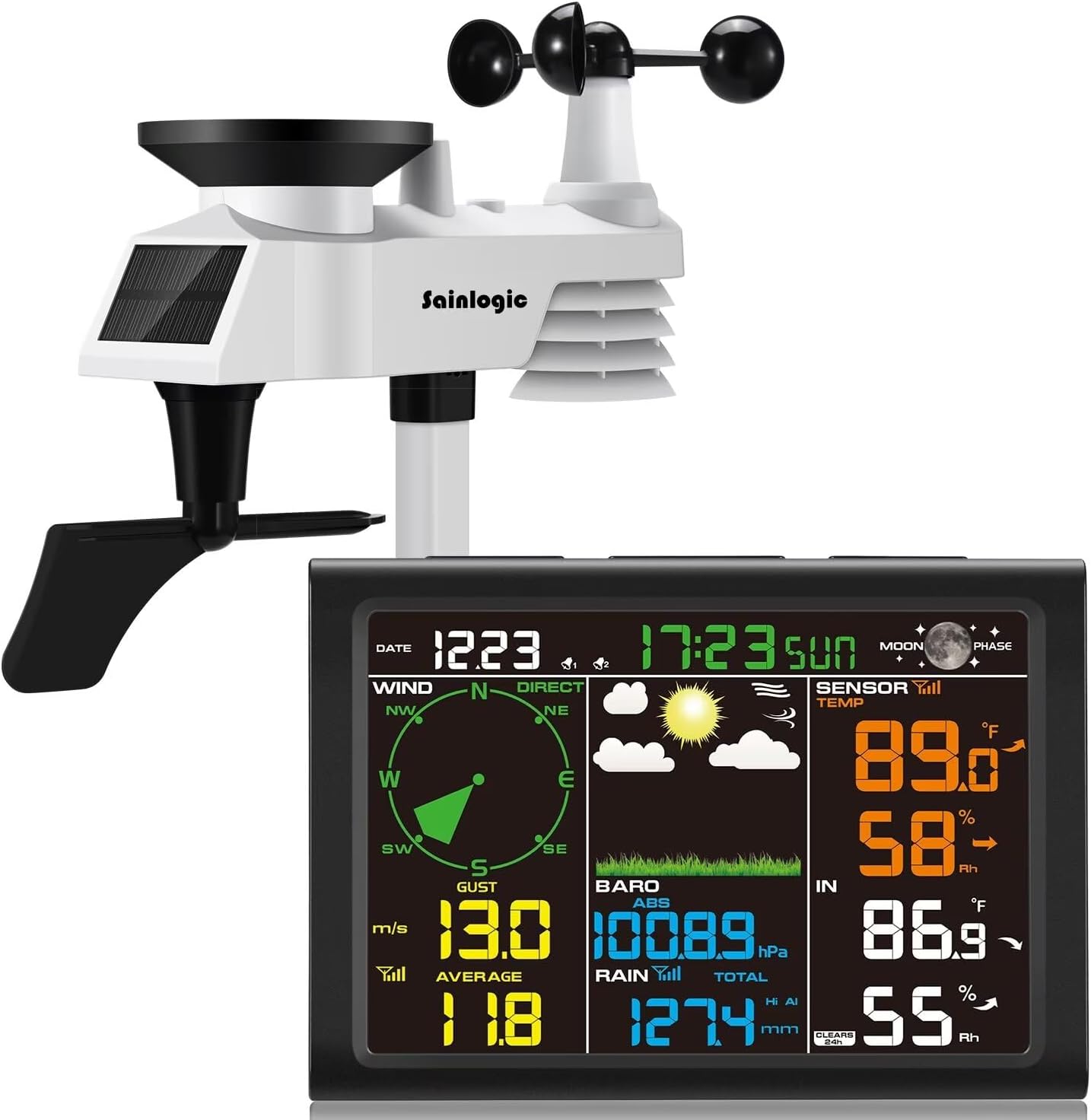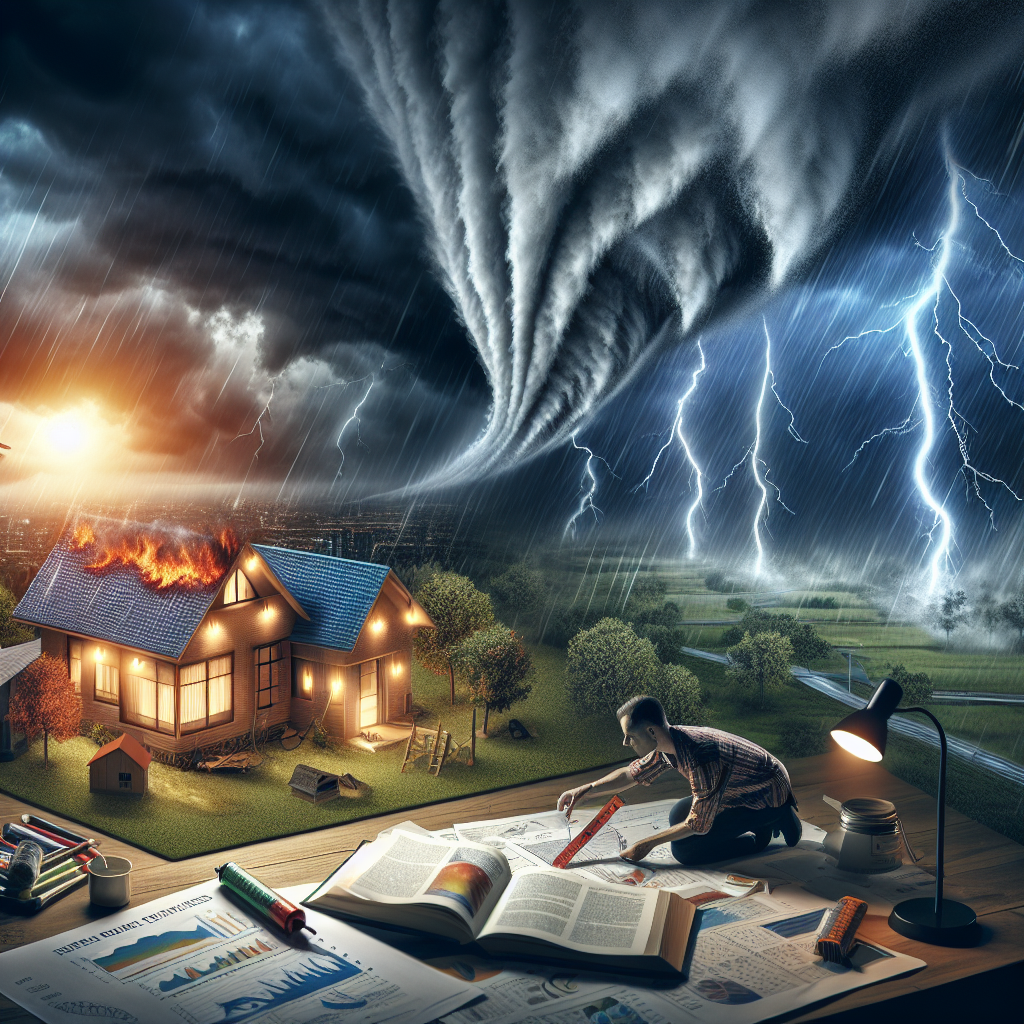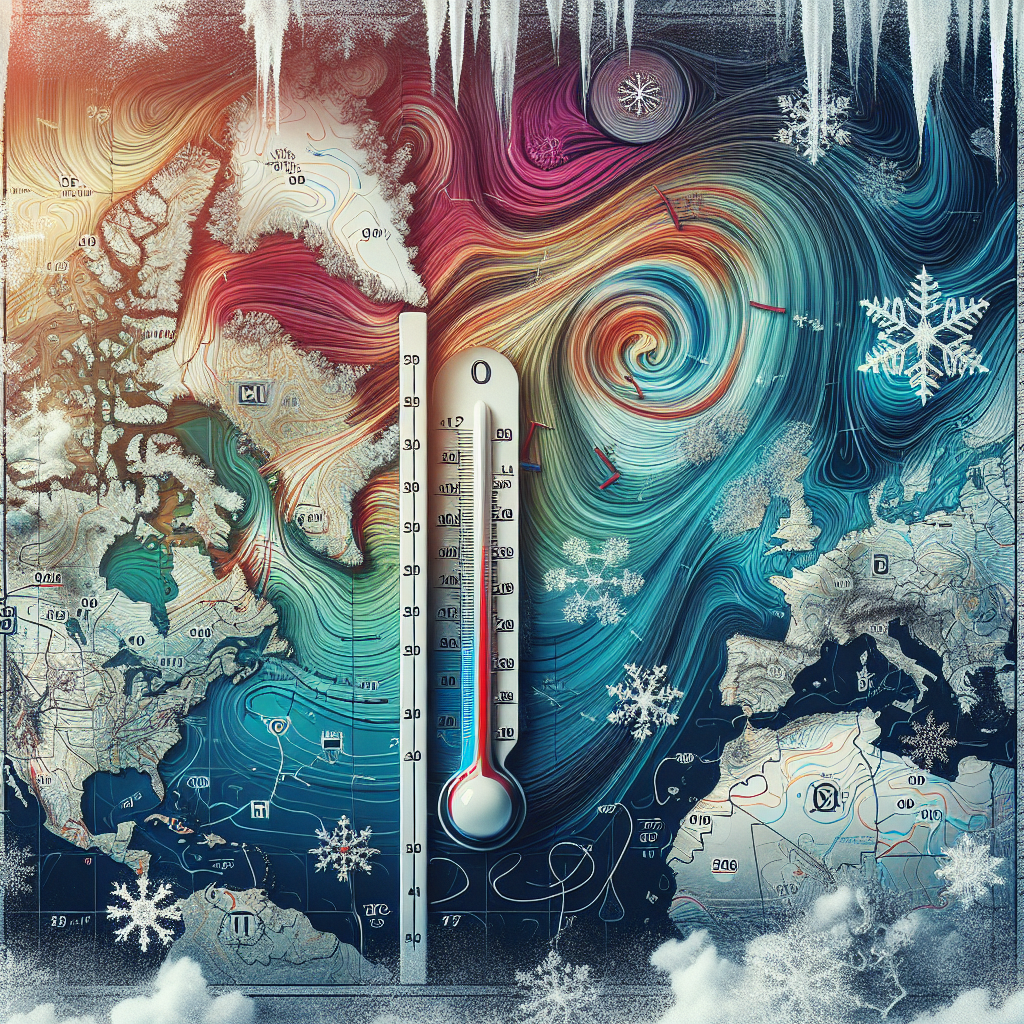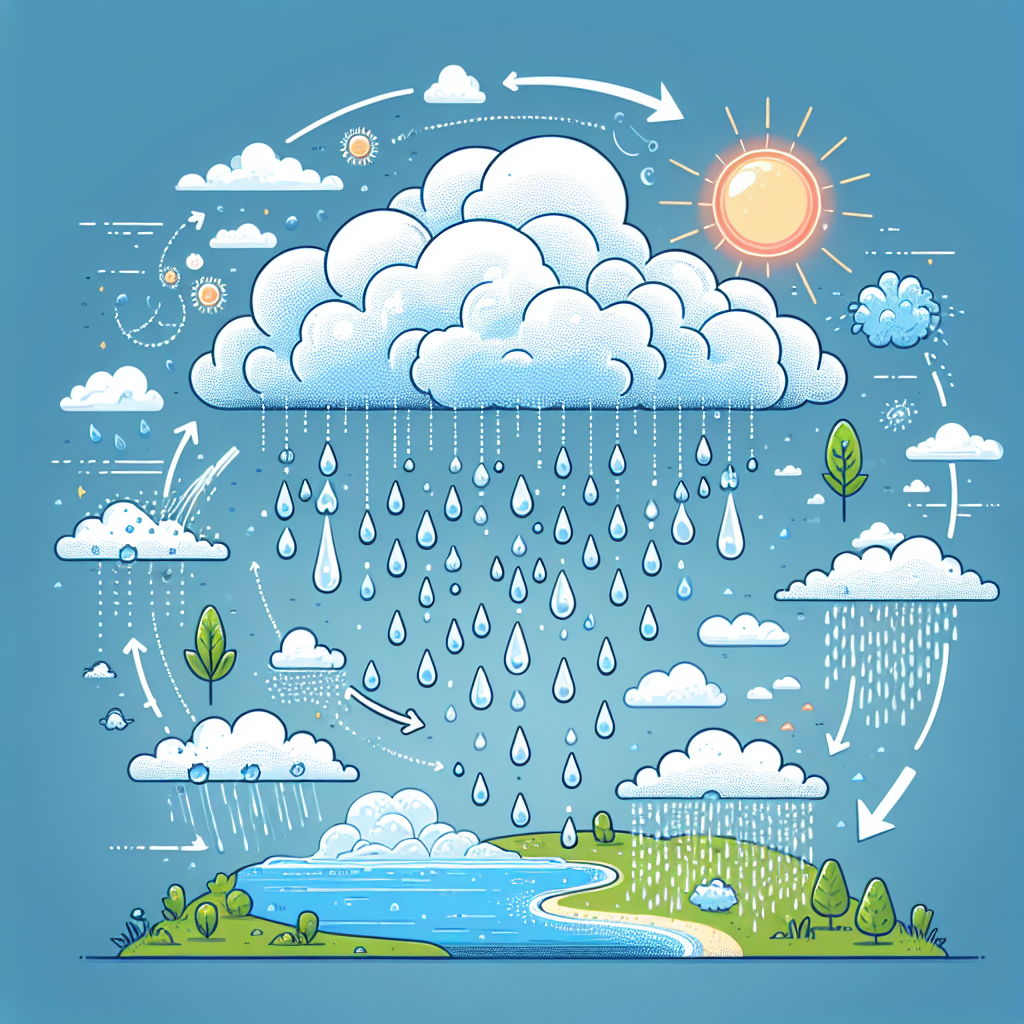Understanding Severe Weather: Types and Risks
Severe weather can manifest in various forms, including tornadoes, hurricanes, blizzards, thunderstorms, and flooding. Each type of severe weather comes with its unique set of risks. Tornadoes can cause destructive winds that demolish entire buildings, while hurricanes can bring about storm surges and coastal flooding. Blizzards can lead to whiteouts and dangerously low temperatures, making travel and outdoor activities hazardous. Understanding the types of severe weather prevalent in your area is crucial for preparing adequately.
Create and Update Your Emergency Plan
Communication Strategy: Establish a reliable communication plan with your family or household members. Designate a specific person as your main point of contact if members are separated during a storm. Agree on a meeting point.
Evacuation Routes: Familiarize yourself with evacuation routes. In case of a more significant threat, know alternative paths to avoid congested highways.
Safety Drills: Conduct regular drills so everyone knows what to do during severe weather emergencies. Practice going to your safe space, whether it’s a basement during tornado warnings or an evacuation shelter during hurricanes.
Local Alerts: Always keep updated with local weather alerts via NOAA Weather Radio or smartphone weather apps. Enable emergency notifications to receive real-time updates.
Prepare an Emergency Kit
Basic Supplies: Stock your kit with essentials: water (one gallon per person per day for at least three days), non-perishable food items for several days, a flashlight, a first-aid kit, whistle, dust mask, and moist towelettes.
Medications: Keep a supply of any necessary medications, along with copies of medical prescriptions. Include over-the-counter medications like pain relievers, antihistamines, and any special needs for household members.
Personal Documents: Store copies of important documents such as identification, insurance policies, and medical records in a waterproof container.
Tools and Supplies: Consider adding a multi-tool or Swiss army knife, duct tape, and plastic sheeting for repairs.
Child and Pet Supplies: Don’t forget supplies for children and pets, such as baby food, diapers, toys, food, leashes, and pet carriers.
Home Safety Measures
Secure Your Home: Reinforce windows and doors. Install storm shutters or use plywood to protect glass areas. For tornado-prone areas, establish a safe room or basement where family members can take shelter.
Clear Debris: Regularly clear your yard of debris such as branches and other items that can become projectiles during severe storms.
Check Gutters and Drains: Regularly clean gutters and downspouts to ensure proper drainage. Clogged drains can lead to water pooling around your home and increase flood risks.
Roof Inspection: Ensure your roof is in good repair. Check for loose shingles, and consider a professional inspection if you suspect vulnerability.
Staying Informed
Weather Apps: Download reliable weather apps on your smartphone. Look for features that provide maps, radar visibility, and push notifications for severe weather alerts.
Sign Up for Alerts: Subscribe to local weather stations or the National Weather Service for email and text alerts. These can provide critical information specific to your community.
Social Media: Follow local emergency management agencies and weather channels on platforms like Twitter and Facebook for live updates.
Community Resources and Support
Join Local Groups: Participate in community preparedness programs. Networking with neighbors can enhance your community’s overall resilience to disasters.
Local Emergency Plans: Familiarize yourself with your community’s disaster management plan. Know where local shelters are located and their operating procedures during severe weather.
Volunteer Opportunities: Consider volunteering for local disaster relief organizations. Engaging with such groups can provide training and resources to better prepare your family.
Post-Storm Strategies
Assess Damage Safely: After a storm, check your property for damages, but only if it’s safe. Wear protective clothing and watch for hazards such as downed power lines or sharp debris.
Document Everything: Take photographs of damages for insurance purposes. Make sure to document all conversations with insurance adjusters.
Stay Updated with Recovery Information: Many local and federal resources become available post-disaster. Stay informed about aid programs, clean-up crews, and rebuilding assistance in your area.
Educate Yourself and Others
Weather Terminology: Familiarize yourself with weather alerts like Watches vs. Warnings. A ‘watch’ indicates conditions are favorable for severe weather, while a ‘warning’ means severe weather is occurring.
Train Family Members: Ensure all family members are educated about emergency protocols, including children. Having a shared understanding can ease anxiety during severe weather events.
Engage the Community: Host informational sessions or workshops in your local area to educate your community about preparing for severe weather. Sharing experiences and strategies can help others become more prepared.
Evaluate and Adjust Plans Regularly
Periodic Reviews: Review your emergency preparedness plan and kit at least twice a year. Adjust based on changing family needs, community risk levels, or new weather patterns noted in forecasts.
Feedback Loop: After severe weather events, assess your preparedness. What worked well? What can be improved? Gather feedback from family members and make necessary adjustments to your plans.
Stay Flexible: Be ready to adapt your strategies as needed. Weather patterns can shift, and your area’s risks might change over time due to climate changes.
Tips for Specific Severe Weather
- Tornadoes: Keep a NOAA weather radio handy; seek shelter immediately in a basement or an interior room on the lowest floor.
- Hurricanes: Stock up on supplies a week in advance since stores may run out of essentials quickly. Evacuate when instructed.
- Flooding: Locate the nearest high ground; avoid walking or driving on flooded roads.
- Winter Storms: Prepare vehicles with emergency kits; stay indoors if blizzard conditions are expected.
With vigilance and preparation, your response to severe weather situations can mitigate risks and enhance safety for you and your community.


















